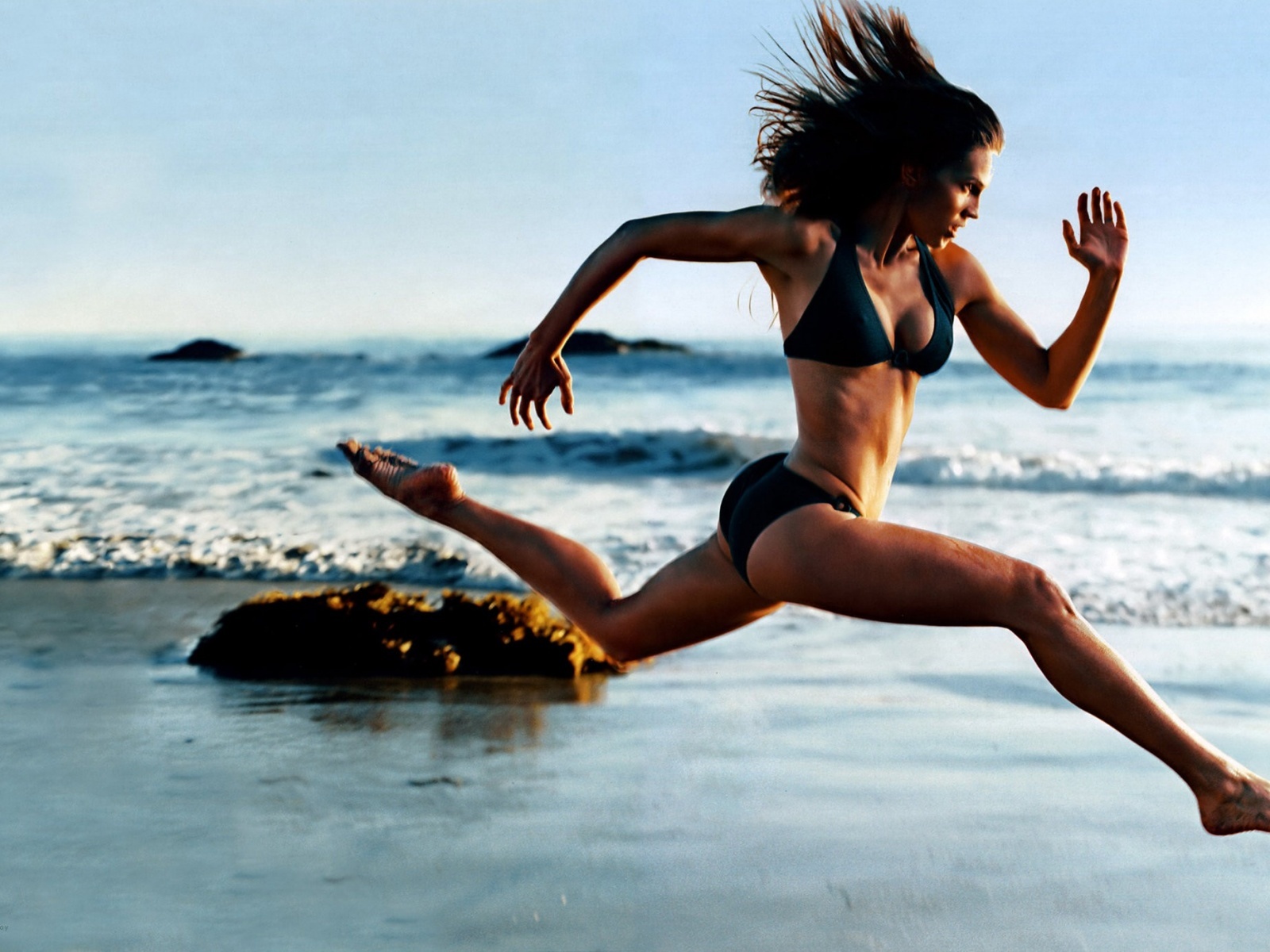How to Do Soft Sand Trail Running

Running on soft sand is far harder than it sounds. It really needs great effort to lift the feet after they go really down into the soft sand. Stamina and strength are the keys in this regard. Although soft sand running is not one of the easiest things to do, it has multiple benefits. A lot of fitness experts use it as a great cross training tool.
This exercise will surely smooth and tone your legs. Furthermore, it is certainly important for the ankles. It also challenges the finer muscles of the lower joints. It is not only quite helpful for the muscles of knees and hips, but also improves balance of your body to a great deal.
It is entirely your choice whether to run with shoes or without. Those who are competitive runners must start with shoes. After a few days of sand running, you will experience a major difference. Running one mile on sand takes more time than normal running. You really need to take care of a few things, if you have never run on sand before.
Instructions
-
1
Don’t run on sand without stretching your legs. Even after completing your run, you should stretch your legs, especially the calve muscles.
-
2
It is important to shift your body forward, pushing off your toes more. Soft sand running is an entirely different experience. To run well on sand, you need to shorten your strides.
-
3
Running too fast on the sand is not a good idea at all. If you try to run too quick, your calf muscles will surely be very stiff the next day.
-
4
Swimming is very important, as it helps you cross train all the leg muscles. The muscles would be in discomfort due to running on uneven surface.
-
5
Avoid dehydration. Drink plenty of water, and try to increase your distance by 10 percent per week. There is no need to be an extremist in the beginning. Doing too much too soon would eventually hurt your cause badly.
-
6
Avoid running too often on soft sand, and in one direction. This may cause hip, knee and ankle injuries.
-
7
Since you body weight will make you sink into the sand, try to be stay very light on your feet. Don’t put much pressure on your toes, as they will definitely make things tricky for you by doing down into the sand. Using only 75% of the foot is the best thing to do.






